Sustainable Development
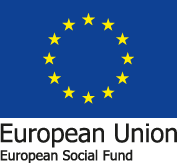
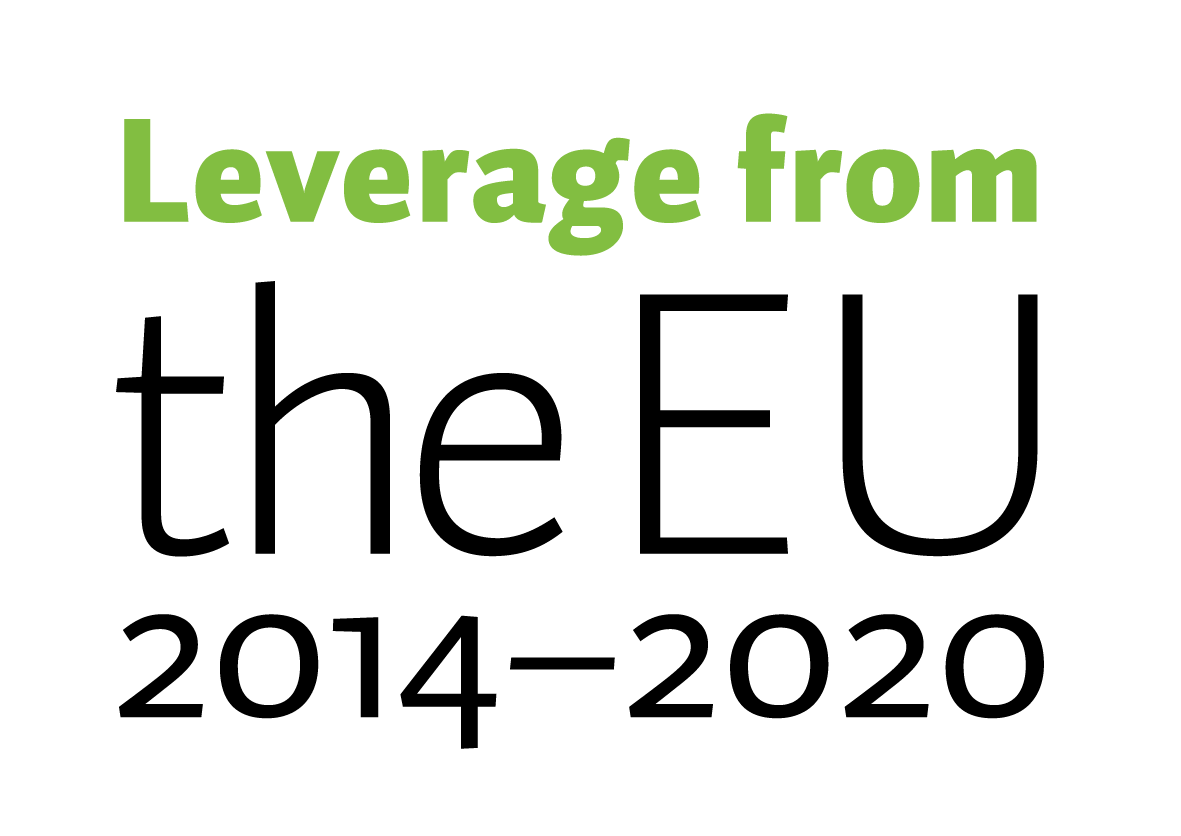

Improved recycling leads to new products and better quality control
We invest in raw material recycling and quality management to improve our operational activities and to more effectively fulfill the market’s demands. Simultaneously, we are approaching important low-carbon goals both now and in the future.
Our project, “Developing Recycling into New Business in the Rubber Industry,” aims to develop new business opportunities and enhance our product portfolio by focusing on recycling production materials and optimizing their utilization, as well as improving quality management.
Waste material consumes resources, requiring processing in production, additional transportation, and energy for disposal. Through new processes, we can utilize this untapped material, saving resources to better serve customers and develop new products. Additionally, our project simplifies material circulation in production, reducing both our direct and indirect carbon footprint.
The project is funded by the European Regional Development Fund (ERDF), granted by the North Ostrobothnia Centre for Economic Development, Transport and the Environment.
Developing the Recycling Process for Rubber and Plastic
Our development work aims to establish a process where waste material is recycled nearly 100% back into raw materials and then returned to the material supplier for recycling into a new material batch. While we already recycle plastic on a small scale, recycling rubber is not currently feasible. Through this project, we are researching and enhancing our capability to pulverize waste material generated in the production of rubber and plastic products.
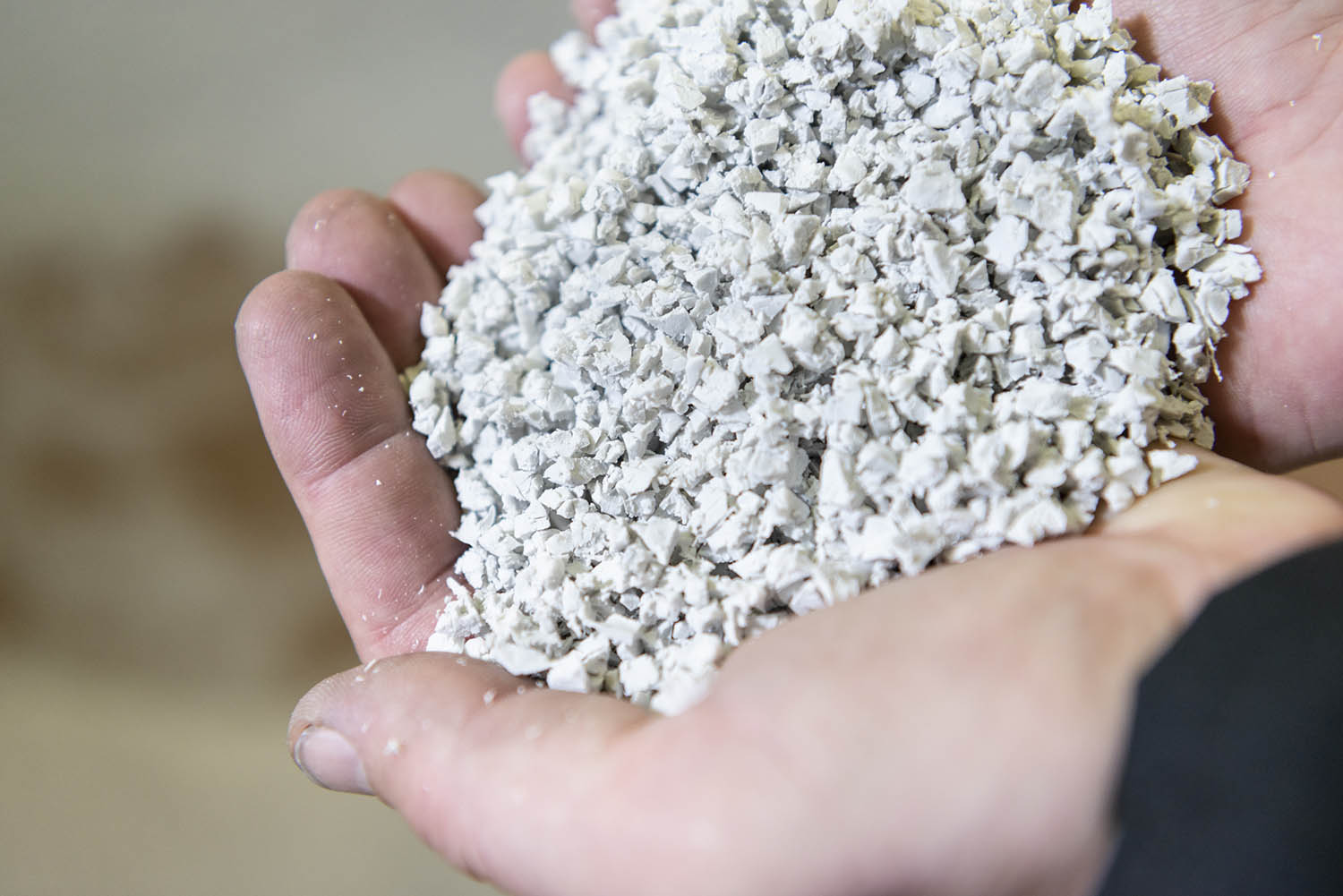
Waterjet Cutting as Part of the Recycling Chain
As part of the process improvement, we are exploring the possibilities of waterjet cutting and its integration into our recycling process. Waterjet cutting has the potential to utilize waste materials and increase the level of product refinement.
The developed waterjet cutting process will reduce the amount of generated waste material and, consequently, the environmental impact. Waterjet cutting can be applied across various materials, and even very small waste materials can be used as new blanks in the production of components. This approach can save up to 80% more waste material compared to traditional cutting methods. According to our estimates, the annual amount of waste material would decrease from 50 tons to approximately 10 tons.
The development of waterjet cutting also transforms the nature of work: the use of automation significantly reduces the workload. This facilitates the planning of work and shifts, allowing greater focus on the quality of the work itself.
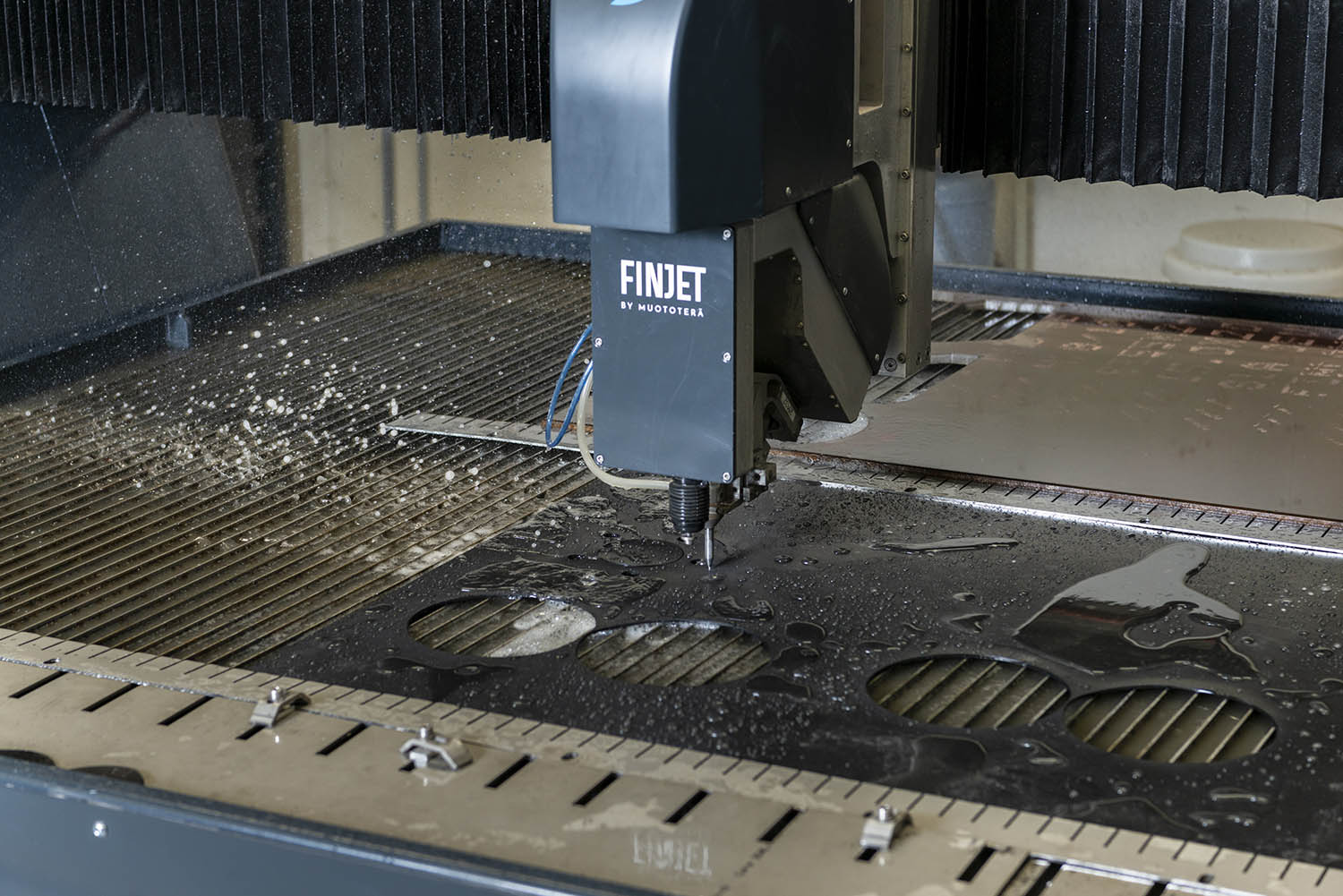
Quality Improvement
Within the project, we are also focusing on enhancing overall quality. We have established a quality system that comprehensively covers our operations. Thanks to our development work, our quality system has been awarded the ISO 9001:2015 standard certification. The certificate encompasses all processes of design and manufacturing for rubber, silicone, and TPE products.
As part of quality improvement and better meeting the needs of our customers, we are developing a process for the trial assembly of profile and strip products with precision, thereby preventing errors in critical dimensions from reaching the final products. We utilize 3D printing and the associated process development, allowing us to simulate and test the final application when producing production tools. Our goal is to enhance responsiveness, development time, and product quality.
Our development work enables the development of increasingly complex and challenging products, serving entirely new customers, especially in applications demanding very high precision. The advantage of the process is also its local employment impact: a greater portion of the work and quality assurance can be done in-house as a result of this development work. Customers also benefit by receiving a production-ready product quickly, which has already been tested in a simulated operating environment. The 3D process also reduces waste. Testing of new products significantly decreases when dimensions can be verified in a simulated environment.
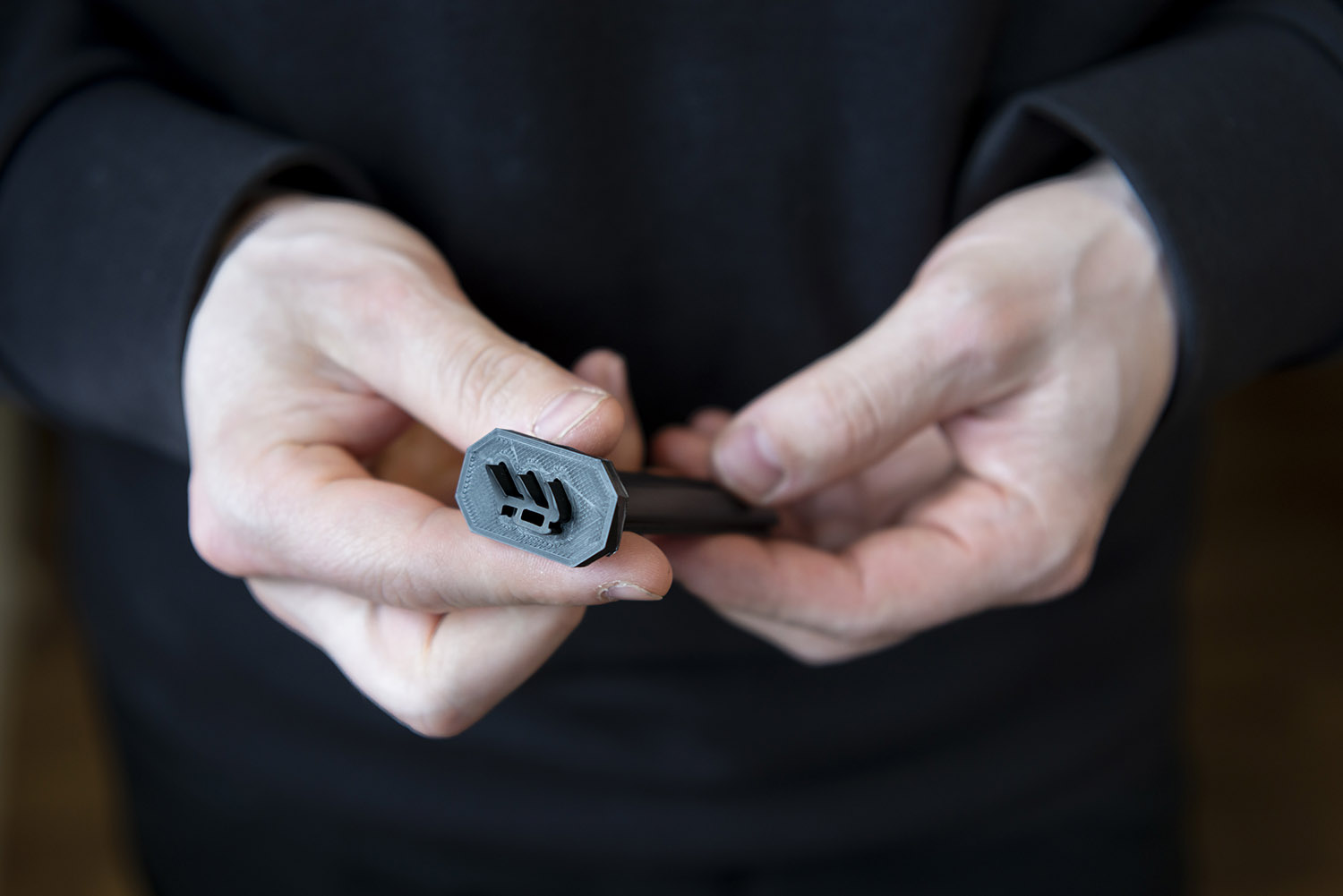
Development Yields Local Benefits
Our development work may lead to the opening of new markets and customer opportunities, especially abroad. Our goals also support the achievement of Ii municipality’s objectives in energy efficiency, circular economy, and low carbon emissions. You can familiarize yourself with these goals on the municipality’s website: www.ii.fi/kestava-arki (Finnish only).
It is also important to us that the lessons learned from the development work become part of the company’s intangible assets, benefiting both our future work and the overall development, innovation, and vitality of the region and industry.
